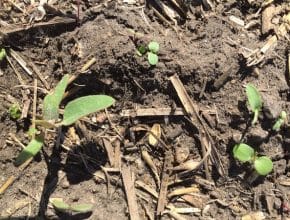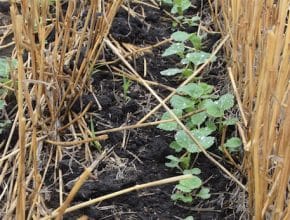Respirators for pesticide applicators are NIOSH/MSHA/BHSE approved organic-vapour-removing cartridge with a pre-filter approved for pesticides or a NIOSH/MSHA/BHSE approved canister for pesticides…
Canola Watch Posts
-
-
This section provides timely support for canola-related projects outside of Canola Watch…
-
-
The Canadian Grain Commission has restarted its project researching the quality of late-harvested (i.e. spring harvested) canola and flax…
-
Canola Watch re-posts this April 28 audio presentation with two timely themes – trade with China and COVID-19. Presenters are Jim Everson, president of the Canola Council of Canada, and Rick White, president and CEO of the Canadian Canola Growers Association…
-
The percentage of canola seeds that emerge to form plants is typically in the range of 50 to 60 per cent. The goal is to move the Western Canadian average……
-
The recommended practice for canola is to place no more than 20 lb./ac. of phosphate (40 lb./ac. of MAP, for example) with the seed and put all other fertilizer outside the seed row…
-
Bleach is a low-cost and highly effective disnfectant for clubroot spores on equipment, scouting tools, boots and tires. But you have other product options. While you prepare your scouting tool kit, here is the whole list of stuff to include…
-


